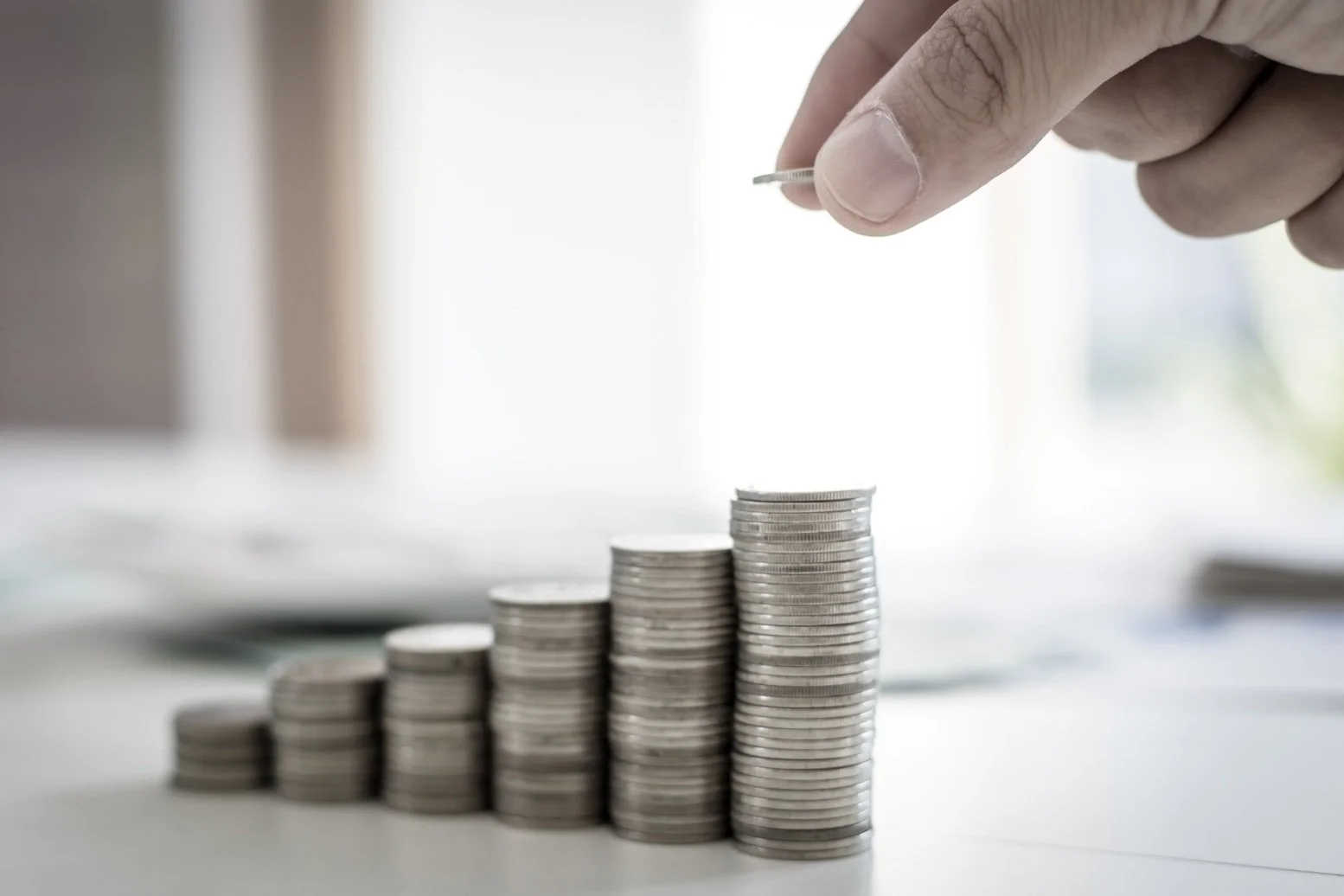Navigating Differing COVID-19 Recovery Rates in Sales Compensation Design
The COVID-19 sales compensation recovery will be an intricate one, varying not just by the type of product, but by area of the country as well. As explored in the first part of this two-part series, some products will recover faster than others and, no matter the product, some territories will recover faster than others. So then how can pharma, biotech and medical device sales incentive compensation plans be designed so as to maximize equity? And, given the uncertainty of the road ahead, how can sales incentive compensation plans be designed to ensure they are able to adapt to the changing landscape? This second entry in the two-part series will explore how to design a sales compensation plan for the road to recovery.
Sales Compensation Plan for the Road to Recovery
Given the varying speeds at which different products and different territories will recover from COVID-19, the sales compensation plan we are recommending for pharma, biotech and medical device companies is a goal-based model in which both goals and payouts are calculated on a monthly basis. Due to the popularity of goal-based models among life sciences sales forces, utilizing a model most sales forces are familiar with eliminates one of the many unknowns that are inevitable during these trying times. These goals will be discounted at the territory-level according to the factors explored in the first part of this series in order to capture as accurately as possible the environment in which that particular sales representative is selling. Furthermore, the COVID-19 sales compensation recovery plan will be designed with the flexibility to shift the amount of target payout that is allocated to each month of the plan period to reflect the relative sales level of each month.
Each of these nuances—from monthly goals and payouts to how goals are discounted to the shifting of target payout across months—will be communicated to the sales force at the start of the plan period so that they know what to expect and understand how their performance will be evaluated.
This three-step process for setting and discounting goals is outlined below. Note this assumes the plan period is quarterly and the plan will be introduced for Q3 2020 or July 2020.
Set goals without considering COVID-19. The first step is to set goals without considering the impact of COVID-19 on your business (as if COVID-19 never occurred). These goals should be set for each month of the quarter and should consider all of the variables that are typically factored into goal setting, such as average monthly sales, market basket potential, managed care, therapeutic class trends, seasonality, etc. At the conclusion of this step, each territory should have a goal for each month of Q3 2020.
Discount goals according to product and territory circumstances. The next step of the process is to discount goals in order to take into account the various factors that will impact the product’s and territory’s road to recovery. These factors include product attributes that are shared across all territories (such as elective versus essential, product life cycle, etc.) and territory attributes that are unique to each territory (such as severity of COVID-19, stage of reopening, etc.). These factors are quantified in order to develop a formula for discounting goals; for example, we have defined a numeric scale for quantifying the impact of the stage of reopening.
Recalculate goal discount and target payout allocation. The final step of the process is to recalculate (1) the discount applied to the monthly goal without considering performance from the previous month and (2) the amount of target payout that is allocated to the next month. These recalculations are done each month in order to adapt to and account for marketplace changes.
Deep Dive: Discounting Monthly Goals
Critical to the sales incentive compensation plan is discounting the goals on a monthly basis. Let’s explore this in further detail with an example.
Consider monthly goals for a single territory. As indicated in the figure below, goals for this territory are first set for each month without considering the pandemic (step 1). The goal for the first month of the quarter, July, is then discounted in order to consider the product’s and territory’s road to recovery (step 2). For this particular territory, that means a 60% discount against the original goal. As described in the previous section, it is important that this discounting formula is shared with the sales force so that they understand how their goals are being calculated.
Just before the beginning of August, the discount rate is recalculated using the quantifiable metrics for that territory (step 3). As shown in the figure, the discount rate calculated for August has gone down to 50%. What is especially important to note is that the discount rate does not depend on the actual sales in July; in fact, we can see in the figure that sales in July were actually higher than the discounted goal for August.
Discounting each month must be independent of the previous month’s sales, otherwise the sales force will rightfully believe they are being penalized for strong performance in the previous month.
Deep Dive: Target Payout Allocation & Payout Curve
Next, let’s delve into the financial aspects of the sales compensation plan: the allocation of target payout across months and the payout curve.
First, how much of the target payout should be allocated to each month? The answer depends on the nature of the product, to what degree it has been affected by COVID-19 and the expected speed of recovery. The more deeply the product has been affected by COVID-19 and the slower its road to recovery is expected to be, the more target dollars should be shifted to the end of the plan period versus the beginning, i.e., September versus July.
Second, what should the payout curve look like? Just like the allocation of target payout, payout curve elements such as the threshold at which payout begins, shape of the curve and whether or not payout decelerates depend on how deeply the product was affected by COVID-19. High-level recommendations are shown below:
Adopting a linear payout curve ensures that the sales representative is continuously rewarded for any improvement in performance. Since it is difficult to anticipate the speed of recovery in any given month, the linear payout curve encourages continuous effort while limiting the company’s financial risk since there is no acceleration in incremental payouts.
Conclusion
The sales compensation plan presented in this article is one of several variations that pharma, biotech and medical device companies can adopt in order to match their unique needs and circumstances; in some cases, for example, we have translated these territory-level goals into commission rates. But the fundamental design stays the same: (1) goals are originally calculated without considering COVID-19, (2) goals are then discounted by quantifying elements regarding the product’s and territory’s road to recovery, and (3) the discount factor is recalculated each month without considering the territory’s performance in the previous month.









